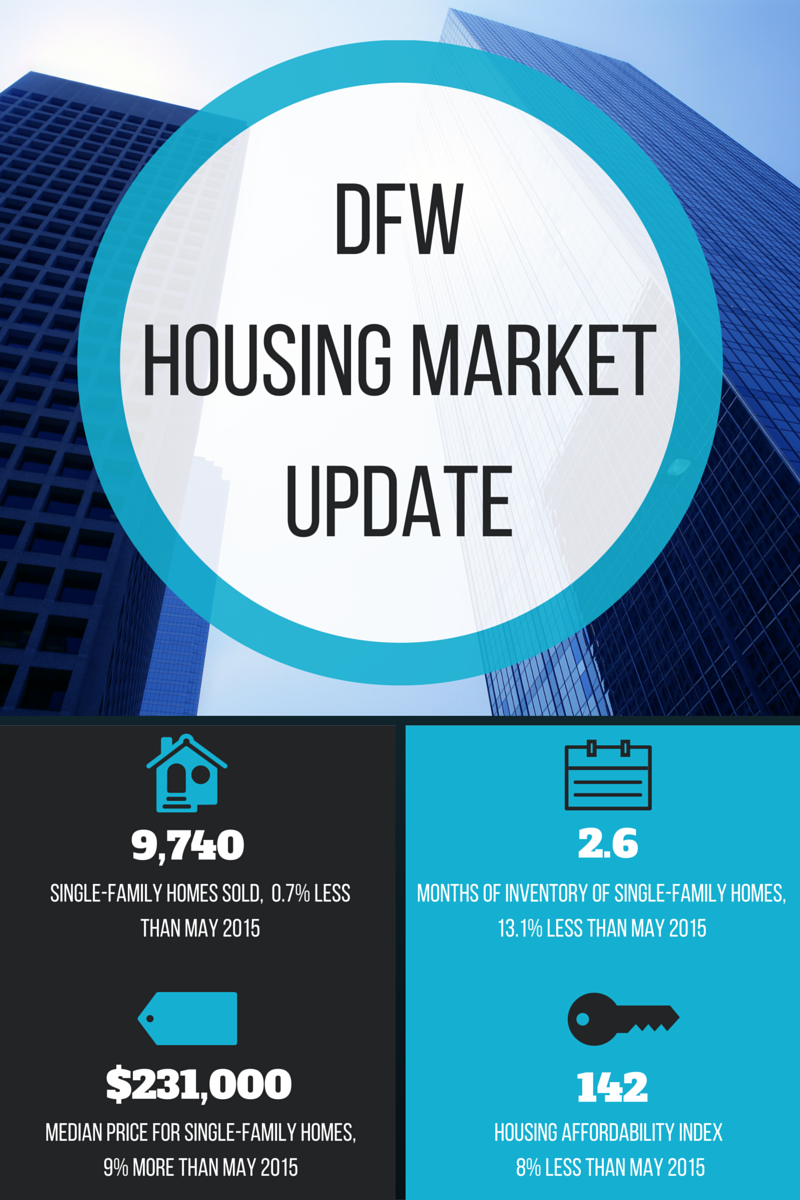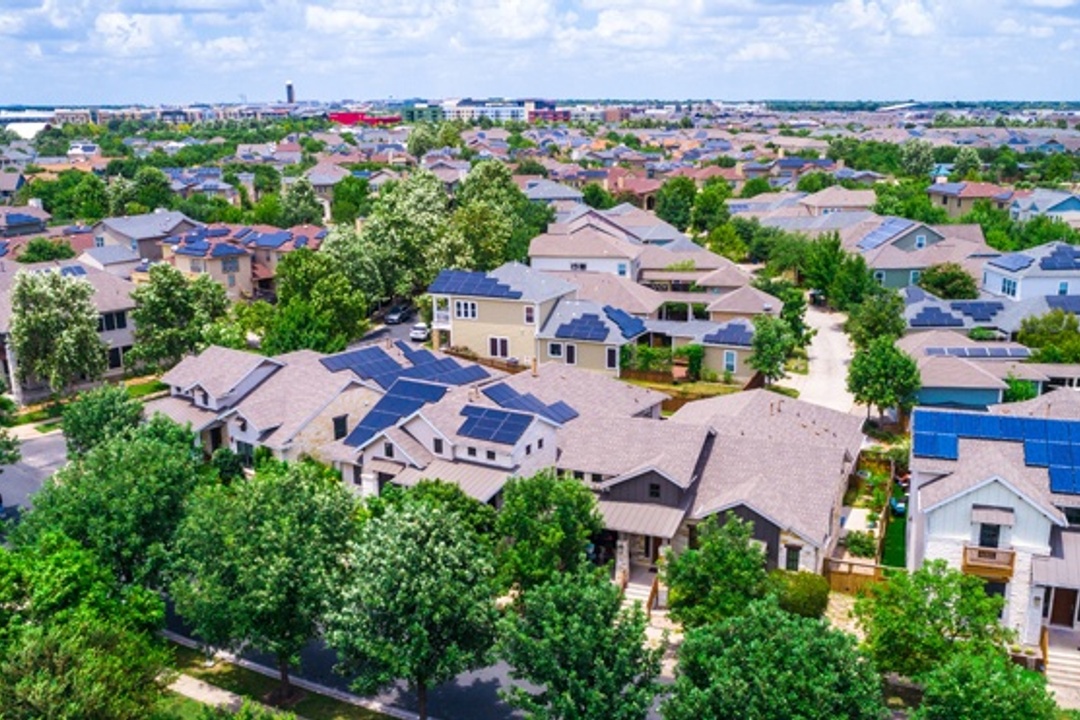
The DFW area continues to see competitive sales activity into the second quarter, as predicted by many economists. It’s definitely a seller’s market, with homes selling quickly, and many times with multiple offers (at or above asking price)! However, The Dallas-Plano-Irving MSA ranked in the bottom ten housing markets (by Nationwide Insurance) in terms of overall health, mainly because it’s too hot! The shortage of properties and rising home prices are worrisome to many.
Conversely, North Texas Real Estate Information Systems (NTREIS) recently released their market statistics saying that “Although inventory is still being stretched thin in many areas, low mortgage rates coupled with higher wages have built a relatively sturdy housing marketplace.” Looking at the stats: new listings in the DFW region decreased another 1.7 percent to 13,141 homes, while inventory levels fell 5.7 percent to 23,255 homes. At the same time, the median sales price increased 9 percent to $231,000.
The statistics can seem conflicting, and the information out there confusing. We caught up with Bill Chesnutt of Providence Title, who helped clarify. “Fortunately, Texas is a major hot-spot according to migration patterns provided by Atlas Van Lines, Forbes, and Texas Monthly,” said Chesnutt. “Texas, being a business–friendly state, has created an extremely high in-bound migration trend, which the advantages are twofold: Texas attracts hundreds of out-of-state businesses that are motivated to increase their profitability coupled with no state income tax and other incentives unmatched in any other state. Usually, when companies move their headquarters or expand their operations, their employees are soon to follow, creating a higher demand for housing. Secondly, Texas attracts those seeking to stretch their paycheck or seek new job opportunities in a multi-sector state economy.”
“This is a winning combination that will cause a continued strain in the housing market that may feel unhealthy, but has a positive and direct impact on local economies,” continued Chesnutt. “The end result is growth versus stagnation in the economy that eventually creates demands on commerce and on every level.”
It’s difficult to define what is ‘healthy’ or ‘unhealthy’ real estate in Texas because we have experienced such high inbound migration. A thriving real estate market usually means a thriving economy. As long as there is not a huge gap between housing affordability and income, the market can be considered healthy.
“Multi-sector based jobs are driving the local economies. That’s evident especially in the DFW areas, as well as Austin, Houston, and the San Antonio areas. So, I’m going to side with NTREIS and say we’re healthy… very healthy!"
Another popular notion going around right now due to our lack of inventory is that we’re in a housing bubble. Bill Chesnutt doesn’t think that’s the case. “A housing bubble and a shortage of inventory are not synonymous,” states Chestnut. “When there is less than one month of inventory, I would be worried. Until then, I think we will see a correction without a ‘pop’ once in-bound migration decreases over time and as long as our overall state economy stays healthy. Inventory may be tight during the population increase, but that will be the new norm for the next 3-5 years in the DFW market.”
With 2.6 months of inventory (down 13% from May 2015), we’re still in the clear. Another factor to consider is the oil industry slowdown. The DFW area hasn’t been hit nearly as hard as areas like Midland, Victory, and parts of Houston due to its economic diversity. “What has skewed numbers is that there were apartment and housing developments that had to file for bankruptcy that could only be afforded if you had energy-sector jobs,” Chestnut continued. “Due to massive layoffs, these apartments and housing developments are vacant.”
No need to fear, though, because, “like we experienced in the mid-eighties, I’m sure some investor(s) will purchase them for pennies on the dollar and will they be filled by those employed outside of the energy sector field. We’ve experienced up and downs in both the oil and real estate markets in the past, so time is the best healer for both.”










